[leadplayer_vid id=”511BBC5E509D1″]
Lacrosse Goalie Tips Motivation High and Low Skilled Quadrant Part 2
Bullets and Timestamps:
[00:00:13] Coach Edwards introduces where you sit on the Motivation and Skill Quadrant and how it affects your game.
[00:00:32] How low motivation affectsathletes
[00:00:45] How age affects how a coach should deal with low motivation
[00:01:13] Importance of high motivation and how to stress its benefits to athletes so they can build it from within themselves
[00:01:49] Challenge of low skill athletes, showing them and how the four Hs of every athlete and the Motivation and Skill Quadrant pull together.
[00:02:56] Coach Edwards outlines the fun highly motivated but low skilled athlete
[00:04:05] Dangers of an athlete being a distraction to a working athlete trying to move up.
[00:04:50] Encouraging your low skilled, highly motivated athlete that the work they put in will pay off in more skill and to believe in their ability to acquire that skill.
Content: We’re talking about the Motivation and Skill Quadrant, kind of where you sit on that quadrant. Kind of how it affects your game. As a coach of a program the athletes that tend to give us the most fits in a program are the ones who are low motivation. As a group, there’s low motivation. So whether you’re high skilled or low skilled, as coaches we get really frustrated. Depending on how old the kid is, how old an athlete is, that’s going to affect how we deal with that. If we’ve got a young kid who’s just started out with a sport and they’re low motivation and they’re low skilled, low skill is to be expected. But low motivation, that’s in and of itself a tough thing to deal with.
It’s hard to instill motivation. I think the older I get the more I see that. Motivation comes from within. We can give examples of what an athlete who is motivated can become and the benefits that athlete can reap if they are highly motivation, but eventually the motivation has to build within the athlete itself. We can’t turn it on like a light switch. Sometimes we can try to push buttons and pull strings but eventually that motivation has to come within.
But if I have an athlete who’s low skill, if I’ve got an athlete who’s down here, this is a challenge. The program I’m running currently, I don’t have a lot of those kids. I don’t think we have any of those kids. But there’s a place for athletes to learn the game, to have coaches who can mentor them, really encourage. This goes back to if you watch my other video, kind of the Four Hs of Every Athlete, these both tie together. Motivation and Skill Quadrant, the Four Hs of Every Athlete, they both pull together from both sides.
So when an athlete is low motivation, low skill, it’s kind of hard to deal with as a coach but there’s a place and a time and we really want to nurture and help that kid along so they can see the benefits of being a little bit more motivated, having a little bit more skill, I think with more skill comes more motivation, and they feed off of each other.
When you have though athletes who are in the highly motivated but low skill, somewhere in here, these athletes in my mind are a lot of fun. In my experience as coaching, they tend to be the jokesters on the team, they look to the athletes who are highly skilled, highly motivated and kind of needle them a little bit. And what I think is kind of interesting about these kids is an athlete who falls into this category is a key component to your team. You’re going to have your highly skilled, highly motivated kids, you’re going to have a spectrum that goes across here and down here. And the kids who are high motivation but low skill, they give an ingredient to the team that keeps it kind of light.
But as long as that athlete is working hard and trying their best and not being a distraction, that’s one of the big rules of any team that I’m on is that you’re not a distraction to someone who’s doing work because we don’t want an athlete taking away from these guys. These guys are trying to move up and move on, and any other athlete is to help support that and not to pull from that to be a distraction. That’s really important to me.
Athletes who are low skill but highly motivated, a lot of fun to be around, they tend to work, they’re good environment but as a coach we want that athlete to know that man, when that skill starts coming for you, that work you’re putting in is really going to pay off. That skill climbing up, that skill is what I see with athletes is their belief of the skill that they have and the skill that they can acquire, it’s really here.
If they could just believed a little bit better that they could have that skill, then their skill acquisition climbs, goes up real quickly, and eventually now you have this athlete who’s been highly motivated for a while, fun to be around, and now their skill creeps out and you’re like man, they’re making the most improved player of the year. They’re getting ground balls, they’re having fun and they’re a lot of fun to be around.
So that is the highly motivated low skilled athlete and how it affects your team and what it can do for you and the athlete, and what you can work on. So now let’s move on to the other end of the quad.



Recent Comments